Spanish courses in Madrid - Spanish language schools in Madrid
Spanish courses Madrid
Our Spanish courses in Madrid will prepare you to speak Spanish in the real world. Whether you decide to certify your level with a DELE Exam, learn alongside other international students in an intensive course, or get all the individualized attention you need with private one-to-one classes, our goal is for you to develop the skills and confidence you need to communicate in any Spanish-speaking environment. When you take Spanish classes in Madrid, we'll give you the tools you need to continue speaking in Spanish all day, long after you leave the classroom. Our motivated and experienced teachers will work with you to make it possible!
Discover our Spanish Courses
QUICK FACTS ABOUT OUR SCHOOL
Travel Through Madrid
Madrid will keep you on your toes from the moment you arrive. You'll never run out of new avenues to explore, which makes it the perfect place to study Spanish in Madrid and be immersed in the local culture! Spain's capital city offers endless options for entertainment, fun events, and a vibrant restaurant scene. Located in the center of the country with great connections to other Spanish cities, you´ll be swept away by everything there is to experience and explore. Come and learn Spanish in Madrid!
Museo del Prado - Prado Museum
Madrid hosts some of the world's premier art museums, and the Prado Museum is one of them. More than 1,500 masterpieces are currently on display. From Velazquez to Goya and many works of art from all across Europe. A definite must-see.
Plaza Mayor
Madrid's grand central square is one of the prettiest ones in Spain. The vibrant street life across its cobblestones streets takes you to this magical square where there is always something happening. It hosts the city's main tourist office, a Christmas market in December and may other events year-round.
Mercado de San Miguel
The San Miguel Market has been renovated and transformed into a place for food lovers from all over the world to come together and sample amazing cuisine at good prices. Pick and choose your favorite bites from the different stands, grab a drink, and enjoy!
Puerta del Sol
It's no coincidence that Puerta del Sol is considered the center of the city: in fact, it's the geographic center of Spain, the "kilometer zero" point from which all distances are measured. This vibrant square is full of life at any time of the year, and it's conveniently connected to some of downtown Madrid's major shopping streets. On top of all that, every December 31st Sol is ground zero for New Year's celebrations.
Bares de tapas
Each street in Madrid has one, two or more bars to enjoy a great evening with your friends and to taste great tapas. You will soon find your favorite bar!
 Hop from city to city
Hop from city to city
Would you like to learn Spanish in multiple destinations?
Contact us, we are happy to help!
Tell us where you want to goDiscover Madrid
Madrid is a city where everyone feels at home. Art and history lovers cherish the sheer number of incredible museums, including the Golden Triangle formed by the Prado, the Reina Sofía, and the Thyssen museums; social butterflies love the trendy nightlife; indie kids and hippies flock to the hip Malasaña neighborhood or the multicultural Lavapiés area; and LGBTQ folks thrive in the Chueca neighborhood and beyond. The city streets are full of creative corners and cobblestone streets, plant-lined windows, inviting cafés, and delicious restaurants waiting to be discovered. Learning Spanish in Madrid will open the door to a whole new Spanish-speaking world you can be a part of.
SAINT ISIDORE - May 12 to 17
Music, shows, parades, and picnics in Saint Isidore's meadows.
BOOK FAIR - May 29 to June 14
El Retiro Park hosts hundreds of stands with the most popular authors in Spain.
MAD COOL FESTIVAL - July 8 to 11
The biggest music festival in the city. Indie, rock, and electronic music from local and international artists.
THE LION KING - all year round
This popular show is continuously playing at Lope de Vega Theater, in the heart of Gran Vía.
MATADERO MADRID - all year round
A large cultural center on the riverbank hosts different events throughout the year.
QUICK FACTS ABOUT MADRID
Our don Quijote Madrid team
At don Quijote Madrid we distinguish ourselves by providing a premium quality education to all our students. We have an experienced academic staff, committed and focused on improving your level of Spanish through a solid methodology that unites theoretical and practical learning.
With specific university training and a long history of teaching Spanish, our teachers are prepared to guide you through every phase of your learning process, from the basics to complete mastery of the language and support you in your cultural immersion.
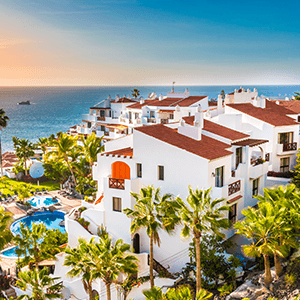 in Spain
in Spain

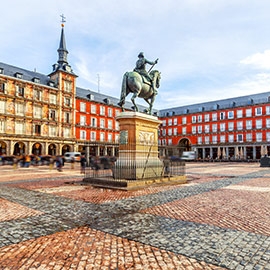
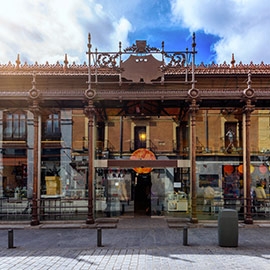
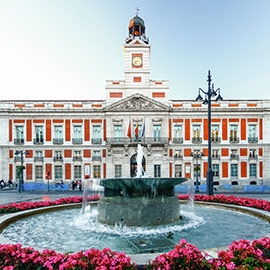
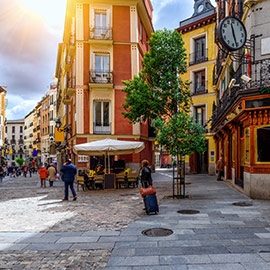
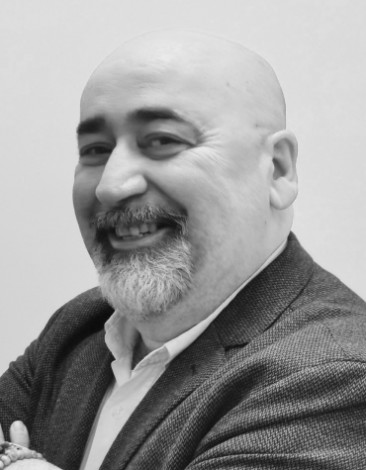
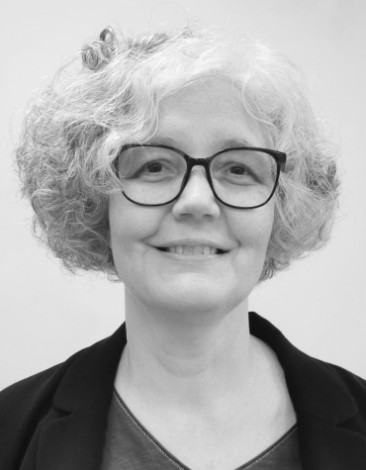
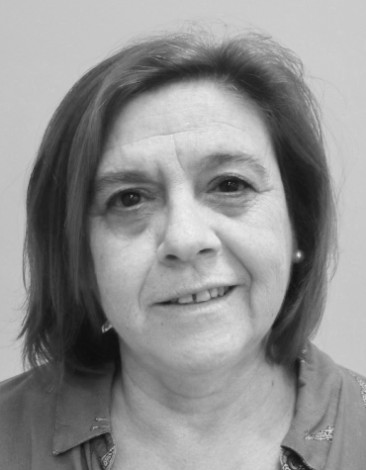


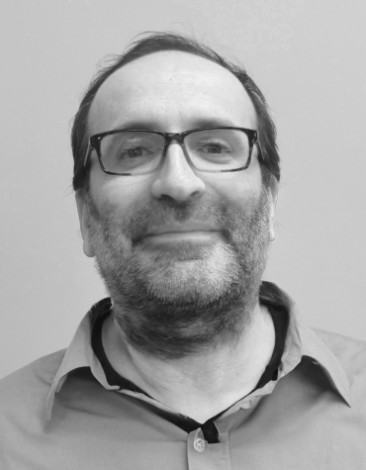

 QUICK FACTS ABOUT GRANADA
QUICK FACTS ABOUT GRANADA
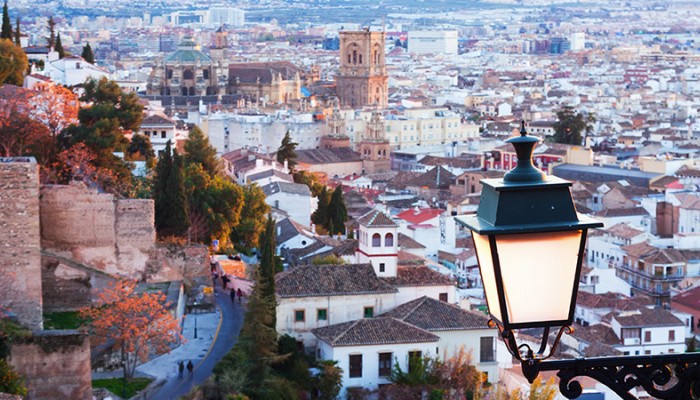
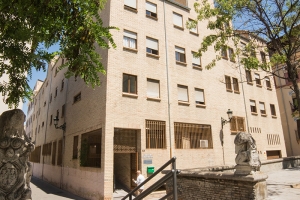
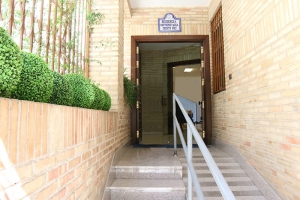
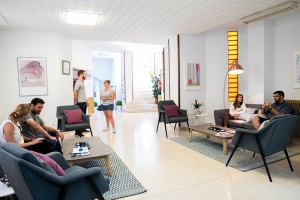
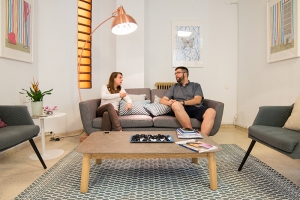
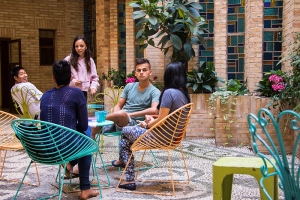
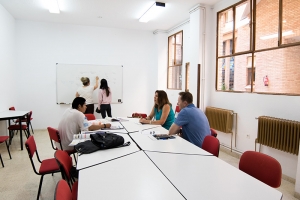
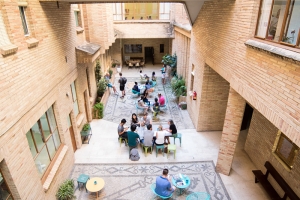
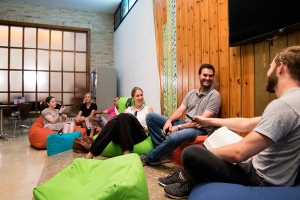
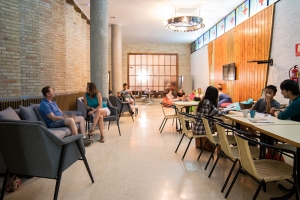
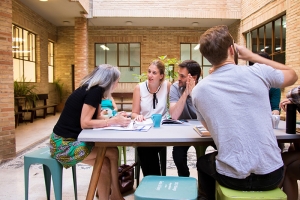
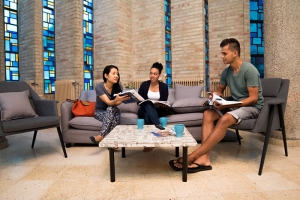
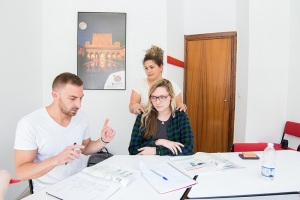

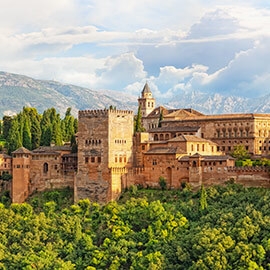
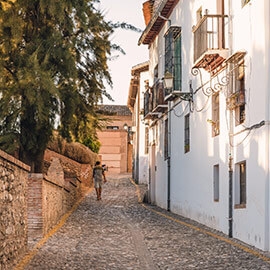
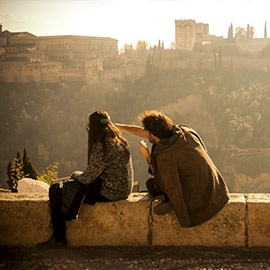
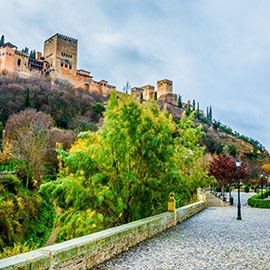
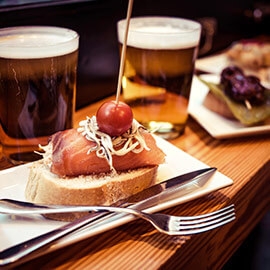
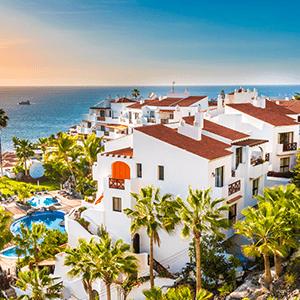 in Spain
in Spain
 Fast Facts About Barcelona
Fast Facts About Barcelona